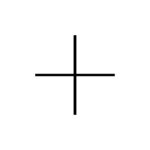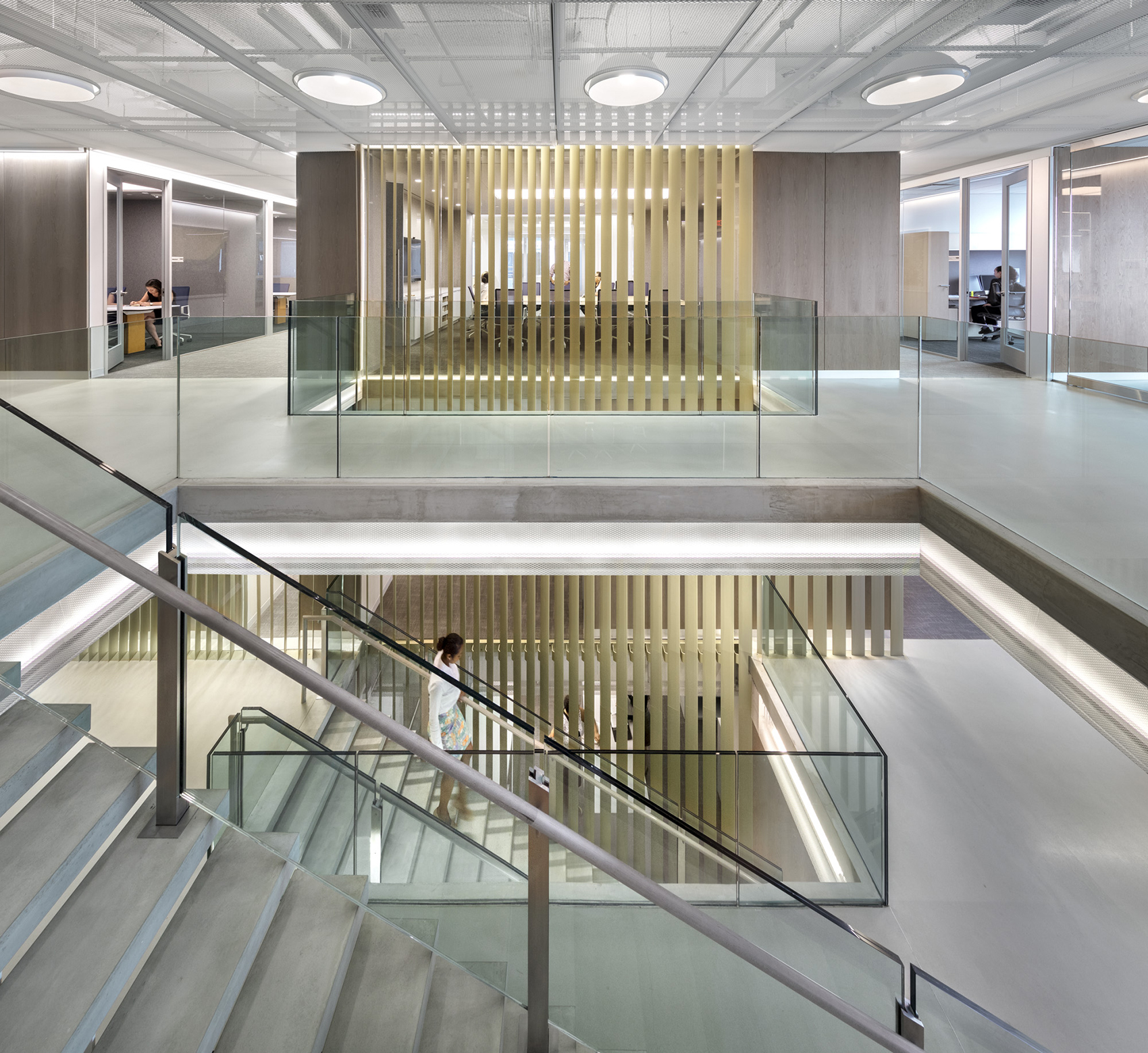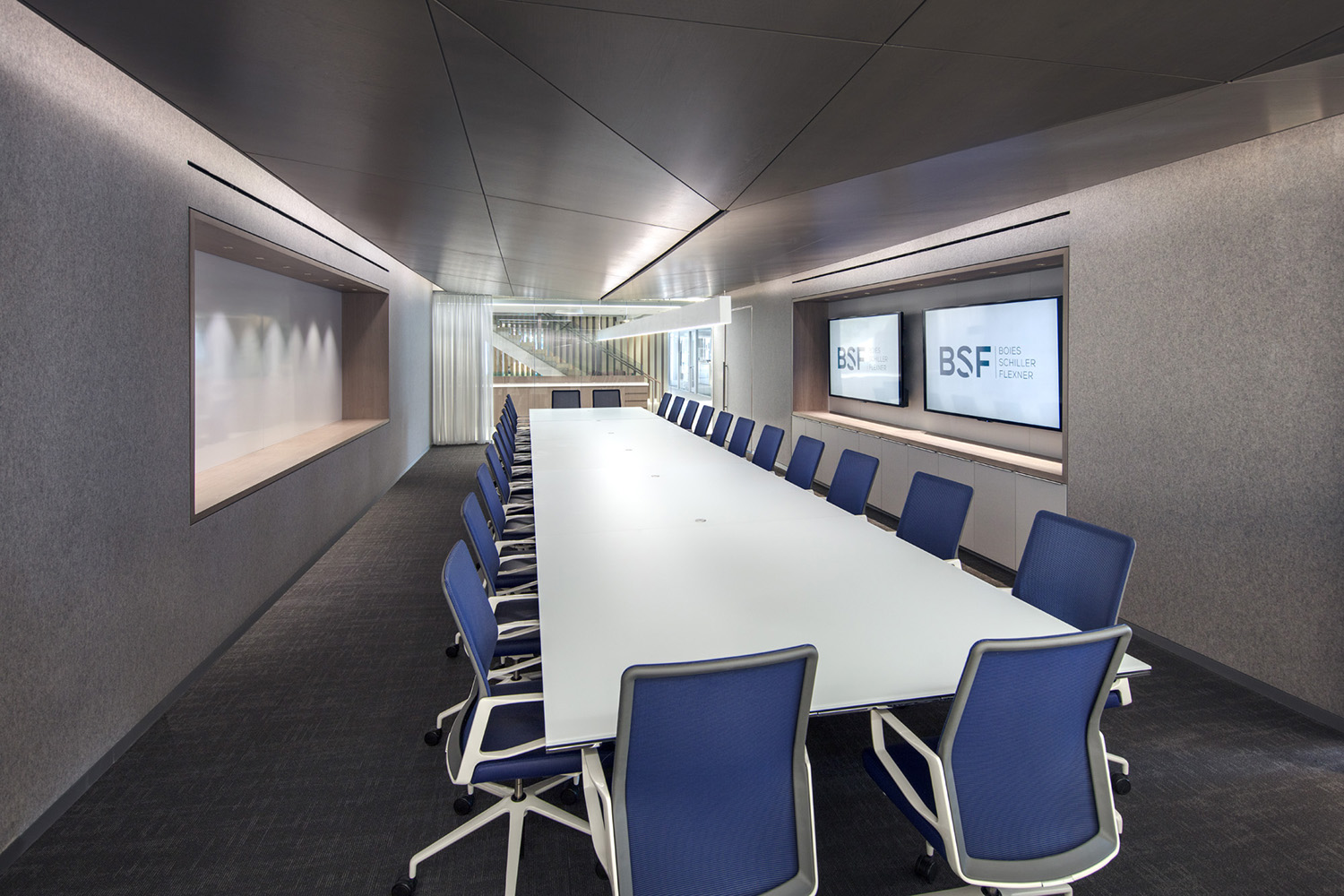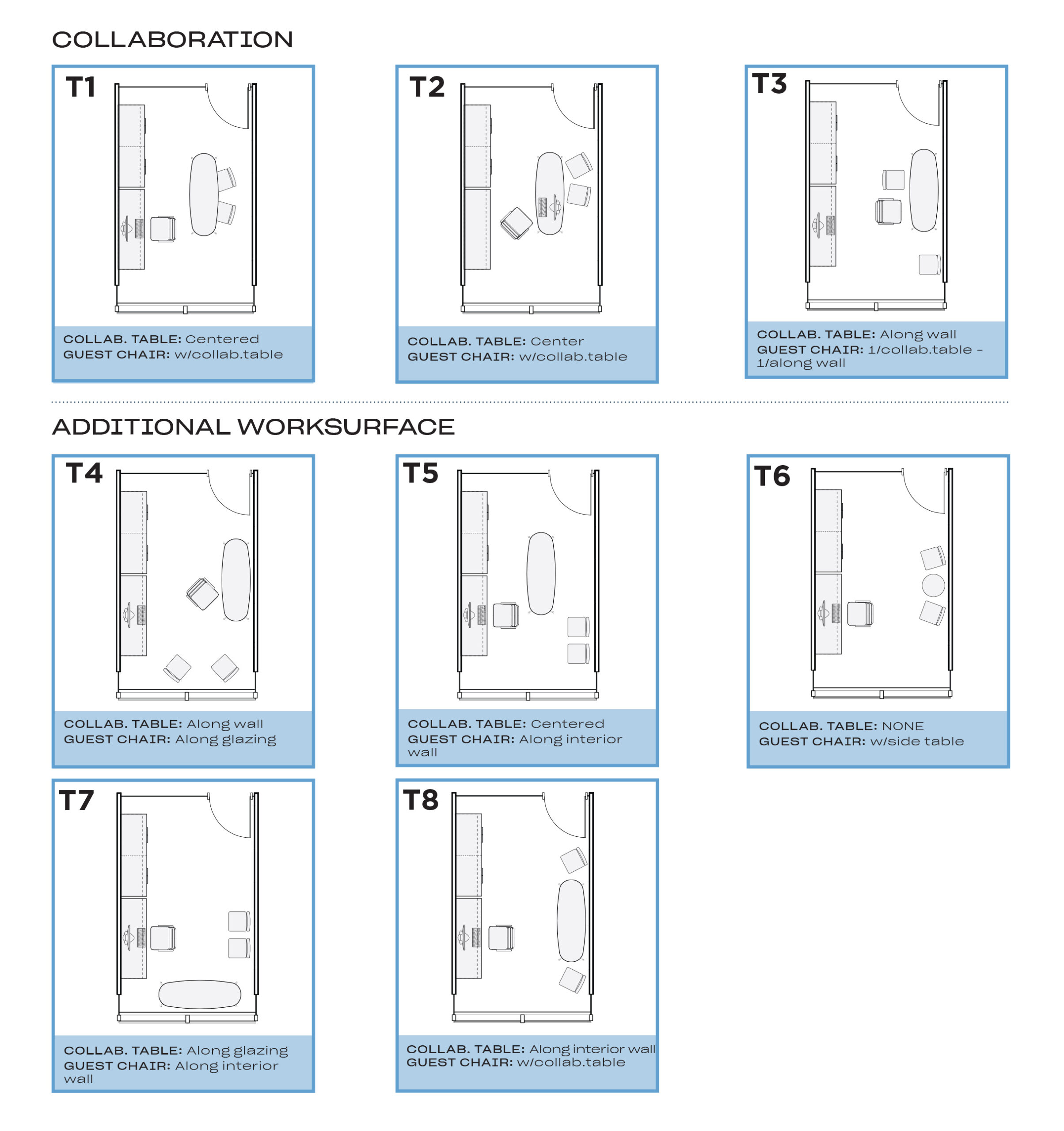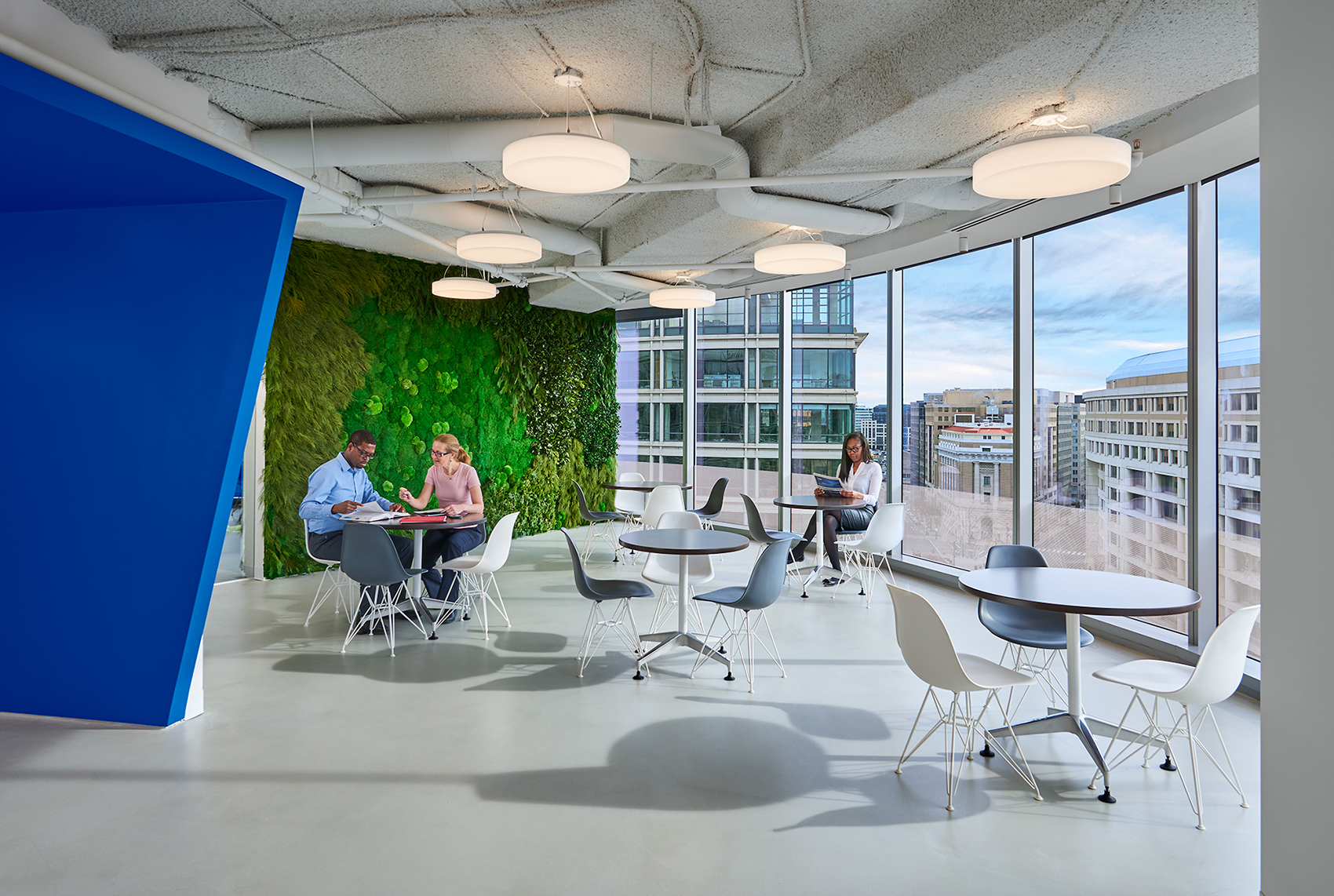Redefining presence for booming growth.
Boies Schiller Flexner (BSF), a globally recognized legal practice, has long operated with the agility and spirit of a startup while confined to the ill-fitting workplace of a more traditional law firm. The design team re-imagined their Washington, D.C. offices to align the built environment with the firm’s collaborative workstyle while fostering a uniquely equalitarian corporate culture.

